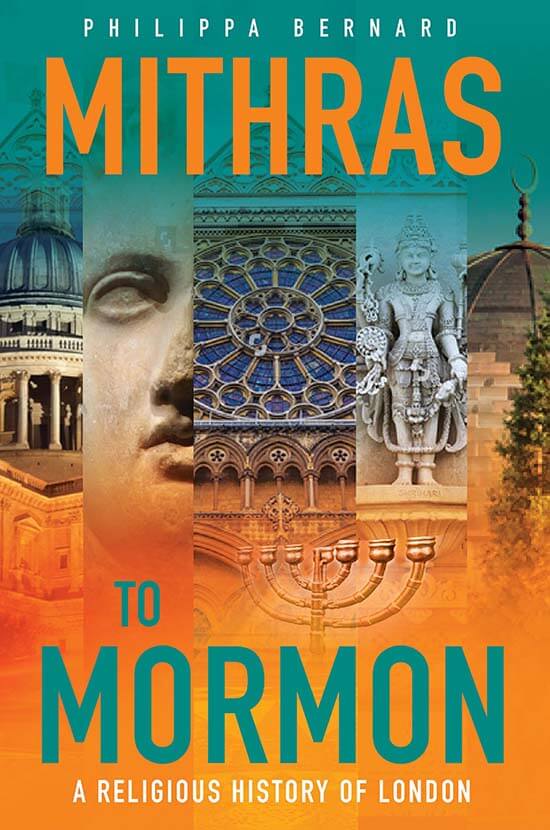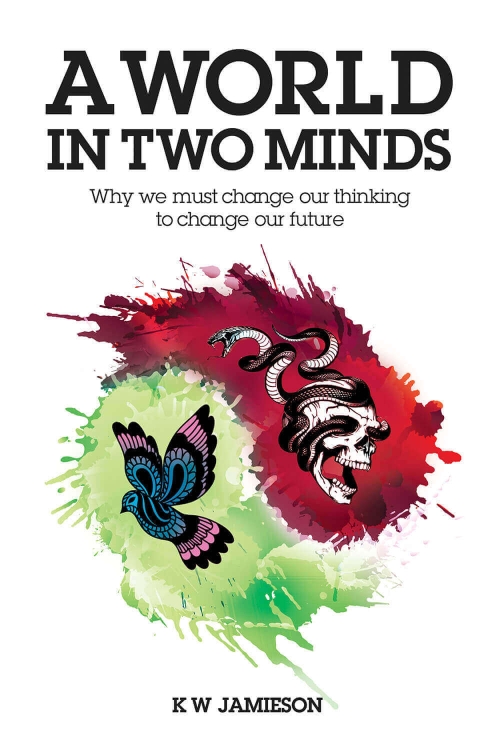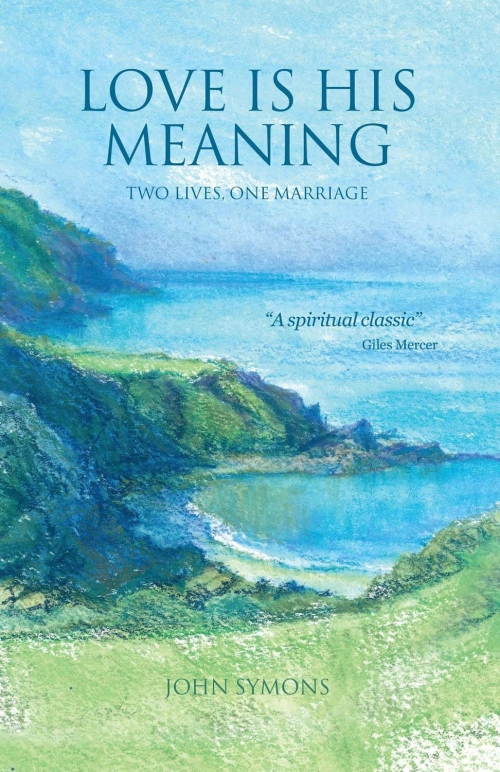Description
Chosen for Winter 2018 PEOPLE’S BOOK PRIZE COLLECTION for Non-Fiction
When the Romans settled in Britain in 43 CE they could hardly have imagined that the small agricultural settlement of Londinium on the Thames would eventually become one of the biggest cities in the world. Its people worshipped then in small buildings like the Mithraeum, but over the next two thousand years cathedrals, synagogues, churches, mosques and temples changed the city skyline.
Destroyed many times – by fire, disease, internal revolution and foreign powers – London has always rebuilt itself, stronger than ever in its determination to overcome all the difficulties put in its path. Gradually new forms of worship from beyond these islands came to influence the capital city, bringing with them other faiths, with their own prayers, scriptures and music. As the different tribes and communities have intermingled, they have left their mark on the city, adding architectural richness to it. For religion plays a vital part in any city’s life.
This is the first time that the history of London’s faiths and beliefs has been recounted. This is not a book for academics, though it is deeply researched and may throw light on matters not always understood. It is a readable history for those who enjoy exploring the world about them, coming to understand other Gods and the ways in which belief and prayer can differ. It will appeal to those interested in how historical development can alter the lives of a people and how religious affiliation changes history.
From earliest times, when the Romans built their temple to Mithras, now reborn in the Bloomberg building near the Thames, the story follows religious changes in the city when monasteries were destroyed, a great cathedral burned, new churches were built and London almost disappeared under enemy bombardment. Ancient religions from the East have latterly made their home here. Modern ideas have taken root, and today London has a vibrant multi-faith community, its first woman Bishop, and beautiful buildings for worship in a multitude of different ways.
______________________________________________
Author Details
Philippa Bernard has lived almost all her life in London, and knows it well. She and her husband had for many years an antiquarian bookshop in Chelsea, a mecca for book collectors across the world. She has written several books on religious themes and a biography of the poet Kathleen Raine. She is a member of the Society of Authors.
You can read more about Philippa Bernard on her author page.
______________________________________________
Outline Contents
Roman London, The Coming of Christianity, The Norman Invasion, The Jewish Community, The Reformation, Plague and Fire, Victorian London, London in Two World Wars, A Multi-cultural Capital, London’s Future
______________________________________________
Reviews
“London has been moulded by its religions and sects as much as by its secular rulers and financial institutions, but hitherto an overview of these aspects aimed at the general reader has been lacking. The author skilfully interweaves the national and the civic, the doctrinal and the secular, the political and the institutional, the architectural and broadly cultural (with music, literature and the arts finding their places) and the ethnic. The result makes possible a much-needed ecumenical understanding of today’s London. Rarely has a book been more timely.”
Peter Barber, OBE, FSA, FRHistS, author of London: A History in Maps
“Philippa Bernard has provided an enlightening study of London’s religious history. Well researched, it offers a fresh insight into a topic of major importance in urban studies. The tone is admirably detached, providing a formidably detailed analysis certain to impress believers and non-believers alike.”
Professor J.E. Spence, OBE, King’s College, London
“I really enjoyed this book, and learned a huge amount. It’s fun, fascinating and wears its learning lightly. It encourages us to learn about all the religions that have flourished, and still flourish, in London at various times. I couldn’t put it down, but as well as being interesting, it also manages to be a great plea for mutual understanding as a result of knowing each other’s ‘story’.”
Rabbi Baroness Julia Neuberger, DBE, Senior Rabbi, West London Synagogue
“The author’s range is immense, and her sensitivity to the subject is profound. She is careful to supply references, so that ideas can be followed up; there is a large and useful bibliography …. This book, in my view, should be on the shelves of all ministers and ordinands.”
The Revd Dr Malcolm Johnson, Church Times
“Wide-ranging in its scope and chronological sweep, this book offers a broad historical survey of the religions of London and of the role of religion in London. Philippa Bernard writes well and is even-handed in her approach, offering much to interest and inform the general reader, as well as to stimulate curiosity among Londoners of today.”
Giles Mandelbrote, Librarian, Lambeth Palace Library
“It would be difficult to imagine that anyone who reads this book will not have a greater understanding of the development of London and the important part that religion has played in it. Religion has influenced, it still influences, and will continue to influence in the future. There is something in this book for anyone who has lived in, visited or read about London.”
Janet Mernane, The Westminster Quarterly
“The author’s fascination with her subject is clear, and her experience of lecturing in British history, along with being the proprietor of an antiquarian bookshop in Chelsea, have evidently combined to give her the knowledge, and love of her subject, which gives the book its depth and authority. And yet, whilst it benefits from a wealth of scholarly research, it never becomes a dry or heavy read.”
Bernadette Meaden, Ekklesia – Read the full review here.






